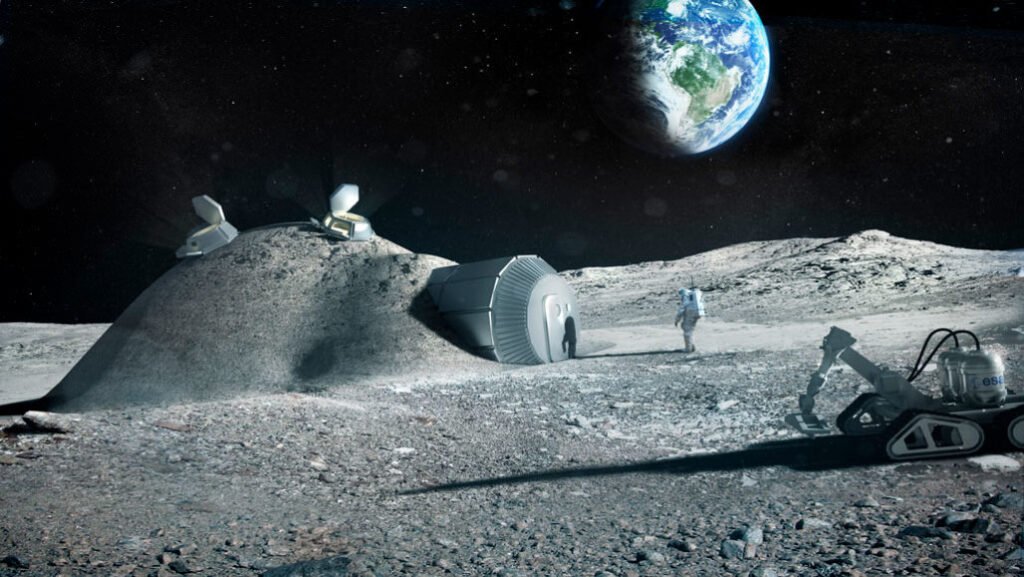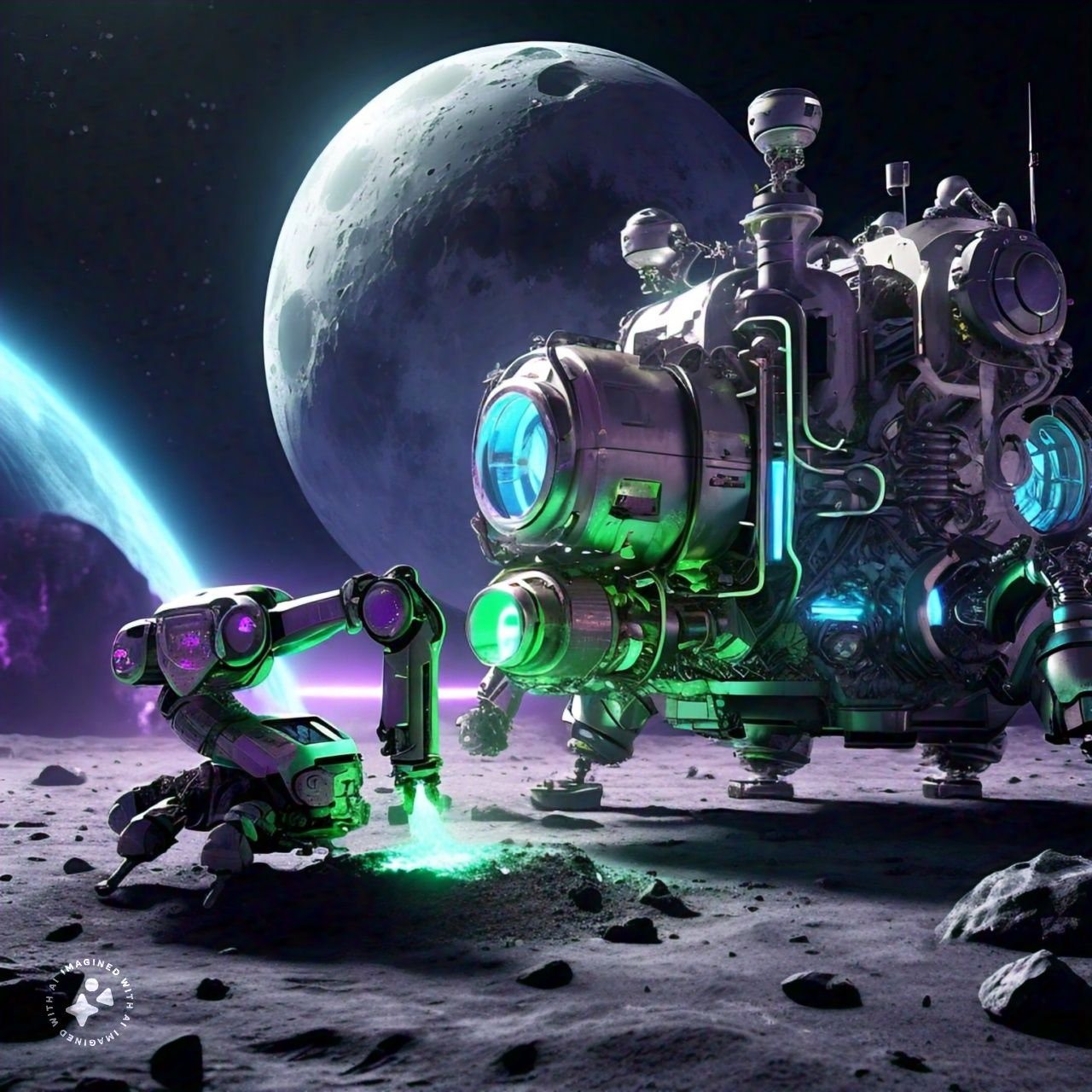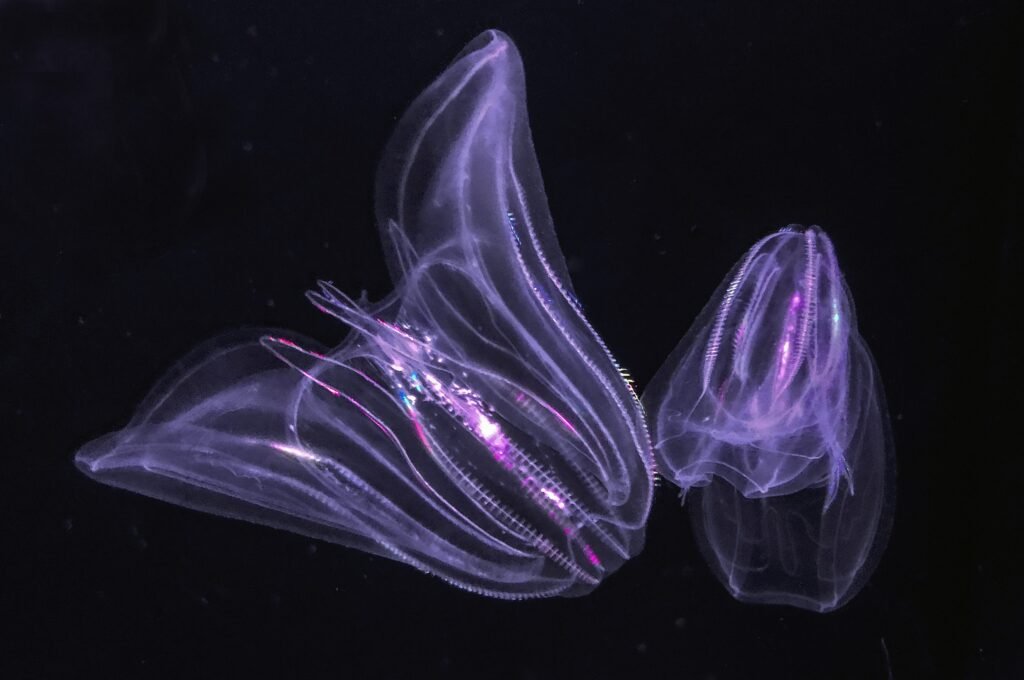Researchers can make fuel from moon dust using old satellites
A new research study shows researchers can make fuel from moon dust or soil with the help of old satellites existing in space. Researchers from LEER propose to create fuel from the moon’s top layer of soil and dust.
LEER refers to the University of Waterloo’s Laboratory for Emerging Energy Research. They consider moon soil a locally accessible resource that can be processed into useful materials to support life, produce energy (fuel), and create long-term habitats.

Connor MacRobbie is the lead author of this research study. According to Connor, moon soil and dust (regolith) contain numerous metallic dust embedded with oxygen.
They can use it to generate thermal energy instead of utilizing surrounding air since it already includes oxygen. They can perform thermite or chemical reactions on moon regolith in space to produce energy sources.
Researchers experimented with fake regoliths having properties like the moon’s surface to make the thermite reaction work best to produce fuel. They conducted their experiment in a combustion chamber that resembled the moon’s surface. They built this regolith based on data acquired from old satellites orbiting moon in space.

John Wen is a co-author of this research study and director of LEER. According to John, the results of their experiment show the possibility of the moon’s topsoil power lunar development.
It can also enable humans to explore and inhabit the moon’s surface by utilizing the potential production of fuel on it. John also stated they are working tirelessly to improve the extraction of metal and other usable material from the moon regolith.
Hence, they aim to build automated methods in partnership with Canadian and international researchers. It also shows the potential that researchers can make fuel from moon dust.
Read More:
- Sea creature turns into a baby when it is stressed out showing time travel
- Realme Narzo 70 Turbo 5G launch date, features, specifications & price
- European Space Agency printed 3D metal part in space for first time
- Earth’s mysterious Alaska triangle where over 20,000 people disappeared
- Philips Hue launched a new smart lighting solution for kitchen
- NASA to launch life-searching spacecraft to Jupiter’s moon Europa
Share this content:










Post Comment